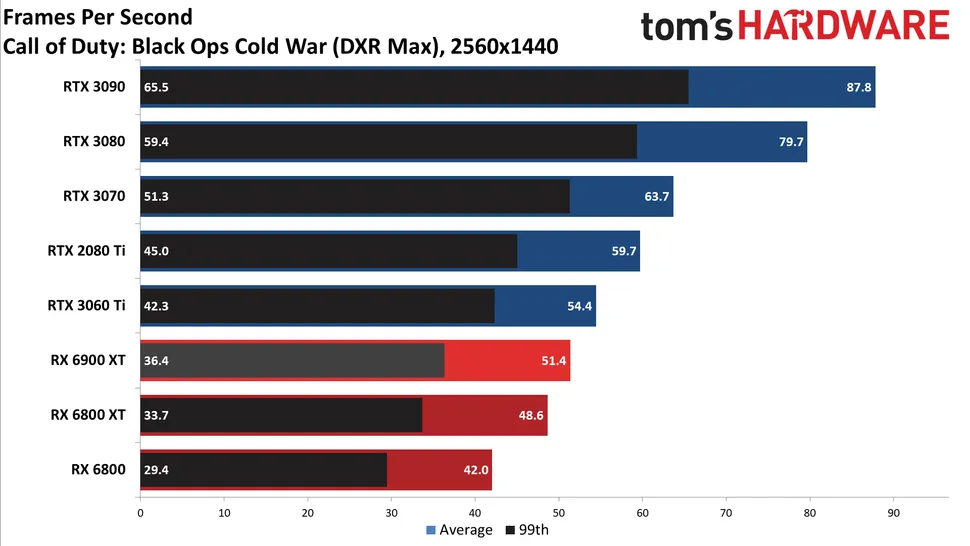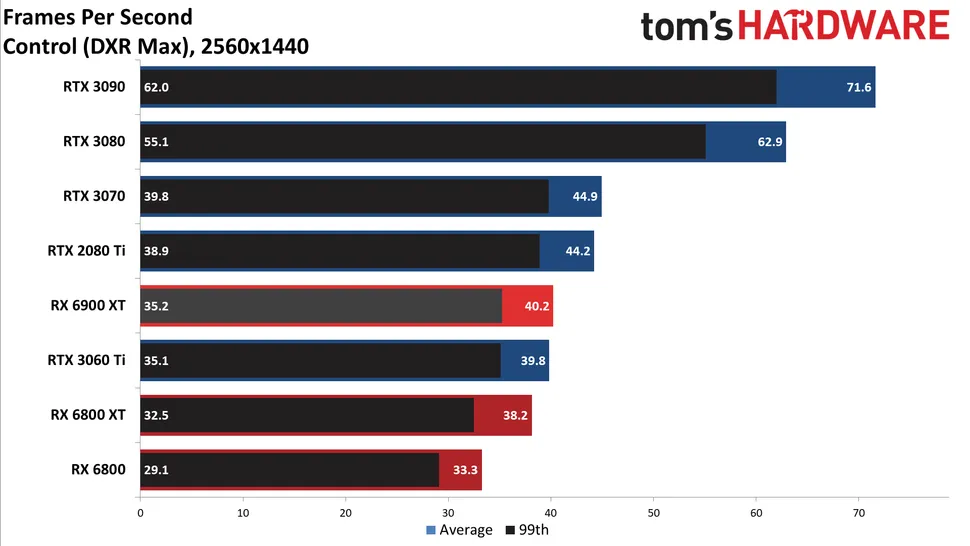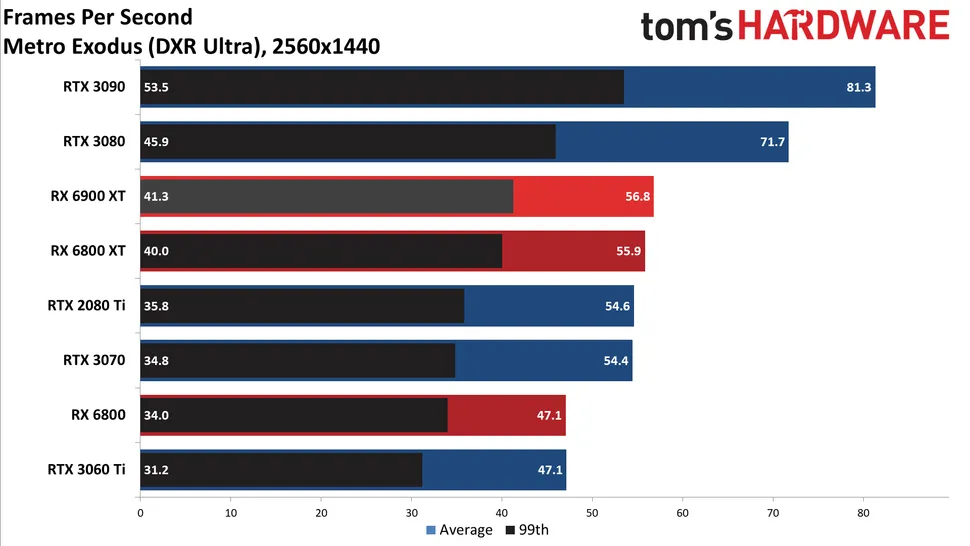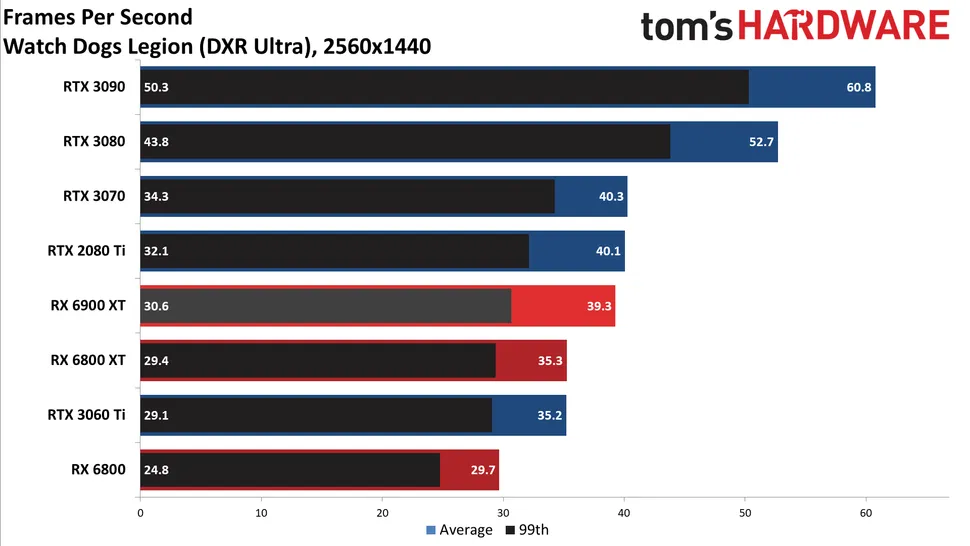Level 3. Bounding Volume hierarchical
(BVH) processing provides a more extensive offloading of data flow management in hardware. BVH helps cut down the amount of ray testing needed through a hierarchical testing system thus making realtime ray tracing possible. Tracing a ray through the acceleration structure is much more complicated than just ray-box and ray-triangle testing. Complex and dynamic data flow is required where each box test step decides what happens next, e.g., more hierarchical box tests and/or triangle tests. There are significant opportunities to streamline this process by moving the full BVH tree structure walking into hardware. It can improve execution efficiency, bandwidth, and caching efficiency, enabling the next level of ray tracing acceleration.
Siliconart’s new MIMD ray tracing hardware design can be thought of as a level three device because its RayCore MC handles static and dynamic BVH structure to find hit points of rays.




